Remember those magical restaurants where your family gathered for special occasions or Friday night treats? Many beloved eateries have disappeared from our neighborhoods over the years, leaving only memories of signature dishes and unique dining experiences.
The restaurant industry constantly evolves, but some chains vanished before their time, taking their delicious menus with them. Here’s a look at 11 restaurant chains that disappeared too soon and deserve another chance to serve up their memorable meals.
1. Howard Johnson’s: The Orange-Roofed Wonder
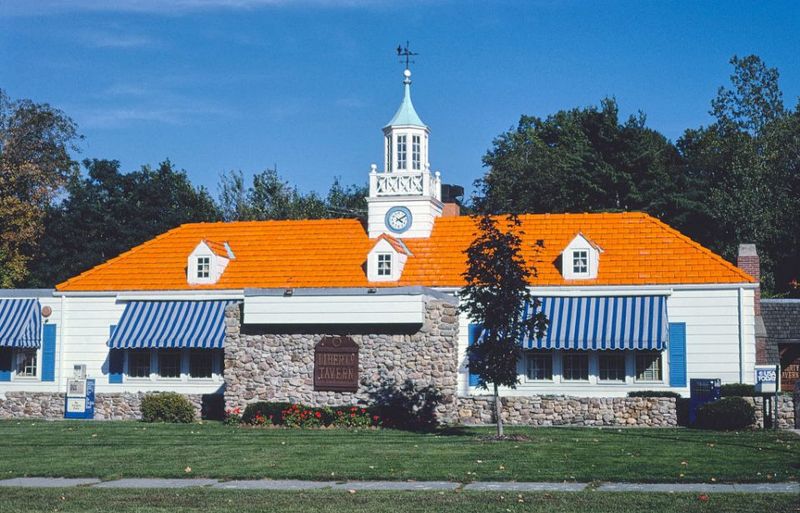
Those iconic orange roofs once dotted American highways, beckoning travelers with the promise of 28 ice cream flavors and comforting fried clams. Howard Johnson’s wasn’t just a restaurant—it was a cultural landmark that defined road trips for generations.
Founded in 1925, HoJo’s grew to become the largest restaurant chain in America by the 1960s. The restaurants’ consistent quality and familiar menu made them trusted stops for families exploring the country.
The combination of homestyle cooking, ice cream innovation, and those distinctive orange roofs created a dining experience that today’s travelers would still appreciate. The last HoJo’s closed in 2017, but the nostalgic appeal remains strong.
2. Chi-Chi’s: Fiesta Flavors We Miss
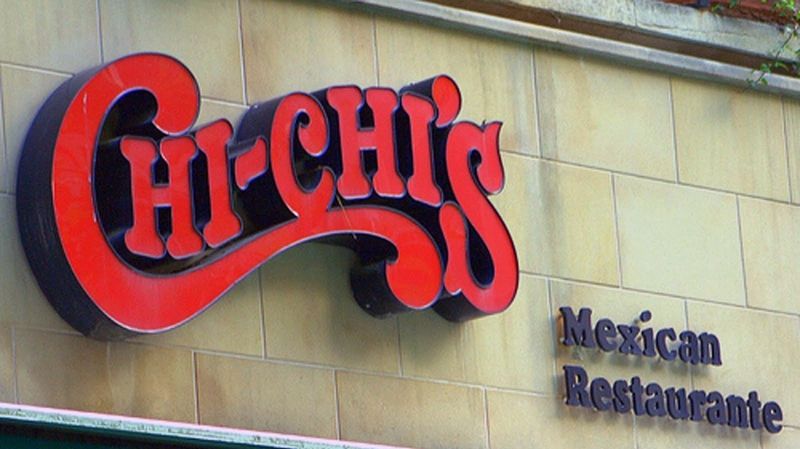
Crispy chimichangas, sizzling fajitas, and those legendary fried ice cream desserts—Chi-Chi’s brought Mexican-inspired cuisine to parts of America that had never experienced it before. The restaurant’s festive atmosphere made every meal feel like a celebration.
Founded in 1975 by former Green Bay Packers star Max McGee and restaurateur Marno McDermott, Chi-Chi’s rapidly expanded across the Midwest and East Coast. Their famous salsa and seafood enchiladas created loyal fans everywhere they opened.
A devastating hepatitis outbreak linked to imported produce led to the chain’s U.S. demise in 2004. Surprisingly, Chi-Chi’s still operates in Europe and Kuwait, proving its concept remains viable.
3. Burger Chef: McDonald’s Greatest Rival
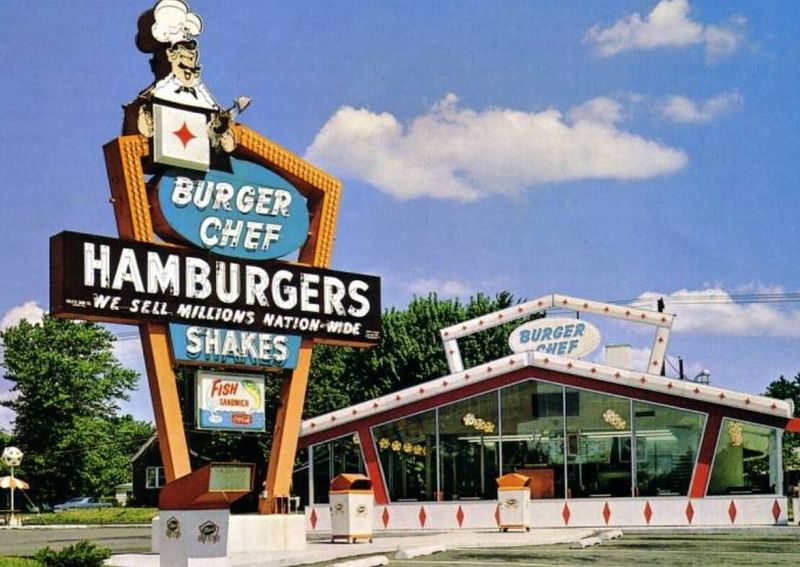
Before the Burger Wars were dominated by Wendy’s and Burger King, there was Burger Chef—the innovative chain that actually pioneered the kids’ meal with toy concept. At its peak, Burger Chef operated 1,200 locations, second only to McDonald’s.
The chain’s signature Works Bar allowed customers to customize burgers with toppings—a revolutionary concept at the time. Their mascots, Burger Chef and Jeff, delighted children while their flame-broiled burgers satisfied adults.
Hardee’s purchased the chain in 1982, gradually converting locations and erasing the brand. The chain’s influence lives on through the kids’ meal concept now standard across fast food, but many still crave those original flame-broiled Burger Chef flavors.
4. Lum’s: Home of the Beer-Steamed Hot Dog
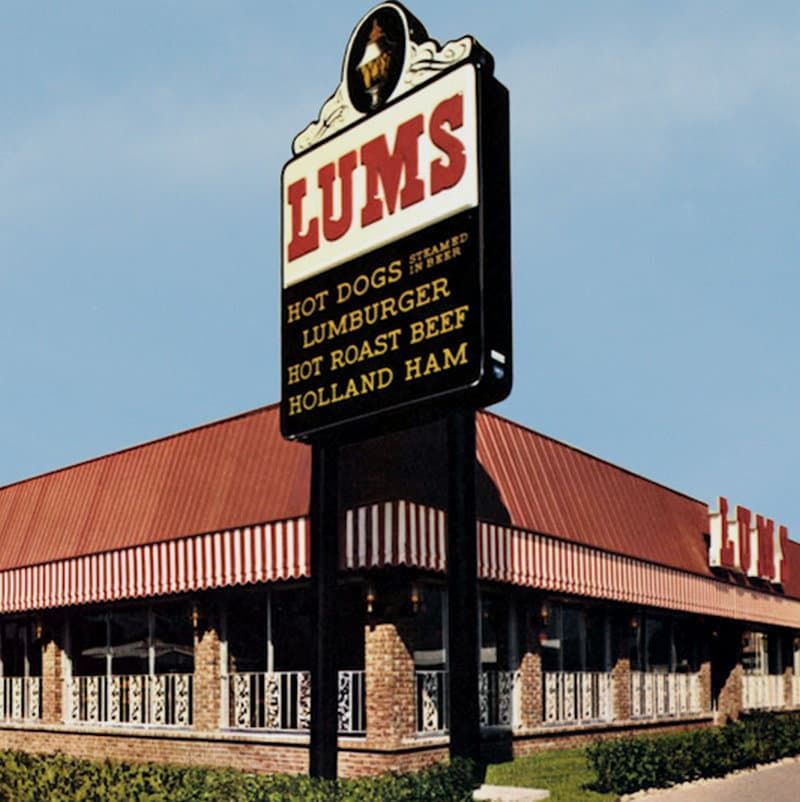
Beer-steamed hot dogs served in toasted buns became culinary legend at Lum’s, the casual restaurant chain that grew from a single Florida hot dog stand into an international sensation. The Pearlman brothers’ humble Miami Beach hot dog stand expanded to over 400 locations worldwide at its height.
Beyond those famous hot dogs, Lum’s offered affordable comfort food in a casual atmosphere that appealed to families. Their Ollieburger became so popular that the recipe was considered a valuable secret.
The chain’s fortunes declined after being sold to KFC, and the final Lum’s closed in 2009. That special technique of steaming hot dogs in beer, however, has maintained a cult following among food enthusiasts seeking to recreate the unique flavor.
5. Kenny Rogers Roasters: Chicken Worth Fighting For
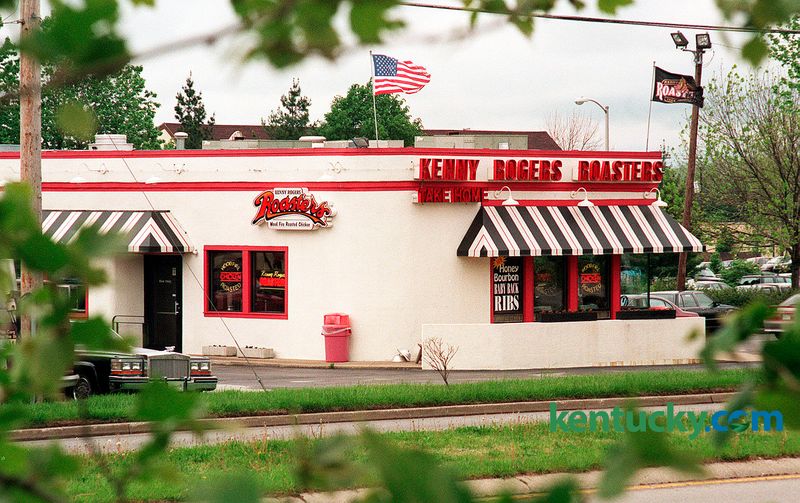
Country music legend Kenny Rogers lent more than his name to this roasted chicken chain—he created a restaurant so good it became the centerpiece of a classic Seinfeld episode. The chain’s wood-fired rotisserie chicken offered a healthier alternative to fried chicken competitors.
Founded in 1991 by Kenny Rogers and former Kentucky Governor John Y. Brown Jr. (who previously led KFC), the chain expanded to over 350 locations worldwide. Their corn muffins and signature side dishes complemented the juicy, slow-roasted chicken.
While U.S. locations disappeared by 2011, Kenny Rogers Roasters thrives across Asia today. The chain remains particularly popular in Malaysia and the Philippines, proving that good roasted chicken transcends cultural boundaries.
6. Red Barn: Where the Food Was Good
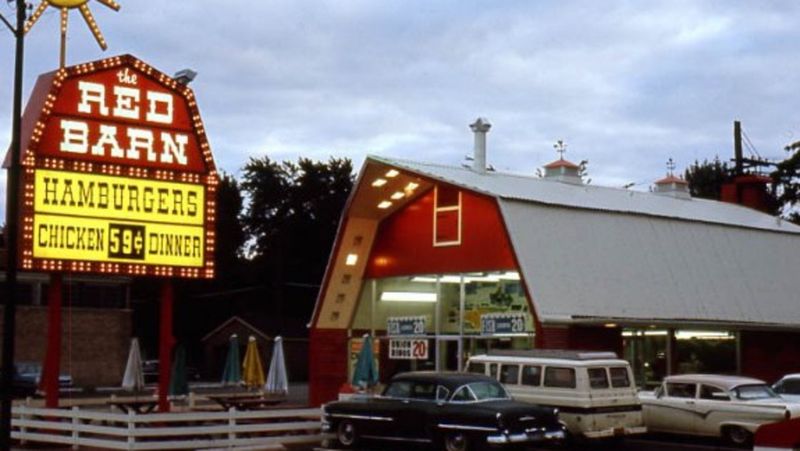
“When the hungries hit, hit the Red Barn”—this catchy slogan accompanied the sight of those distinctive barn-shaped restaurants that once numbered over 400 locations across America. Red Barn’s architectural commitment to their theme made them instantly recognizable on any roadside.
Founded in 1961, Red Barn pioneered fast food concepts we now take for granted. Their Big Barney and Barnbuster burgers predated similar offerings from competitors, while their self-service salad bars were revolutionary for fast food.
Parent company Servomation sold the chain in the 1980s without including trademark rights, which led to the gradual disappearance of the Red Barn name. A handful of independent restaurants still operate in former locations, preserving a taste of this innovative chain.
7. Arthur Treacher’s Fish & Chips: British Flavor Stateside
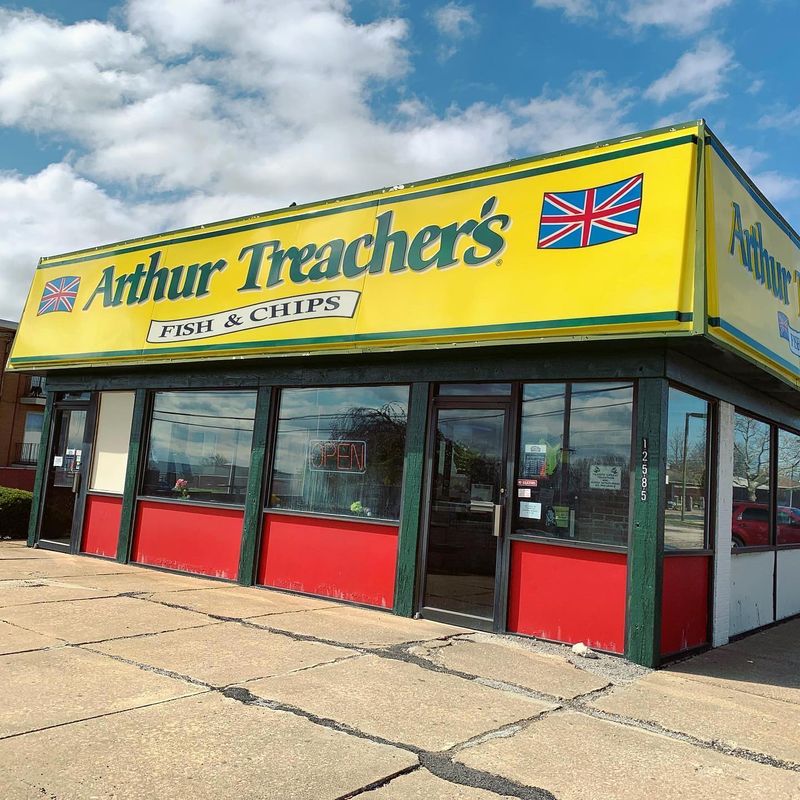
Golden, crispy fish fillets wrapped in newspaper—Arthur Treacher’s brought authentic British fish and chips to American fast food. Named after the English actor known for butler roles, the chain created a distinctly British experience complete with malt vinegar for your chips.
Founded in 1969, Arthur Treacher’s expanded to nearly 900 locations at its peak. Their signature batter-dipped cod or pollock, thick-cut fries (chips), and hush puppies created a unique alternative to burger-dominated fast food.
Rising fish prices in the 1970s created challenges the chain never fully recovered from. While only a handful of locations remain today (mostly co-branded with Nathan’s Famous), the distinctive flavor profile maintains a dedicated following among those who remember those perfectly crispy fish fillets.
8. Ponderosa Steakhouse: Affordable Western-Themed Feasts
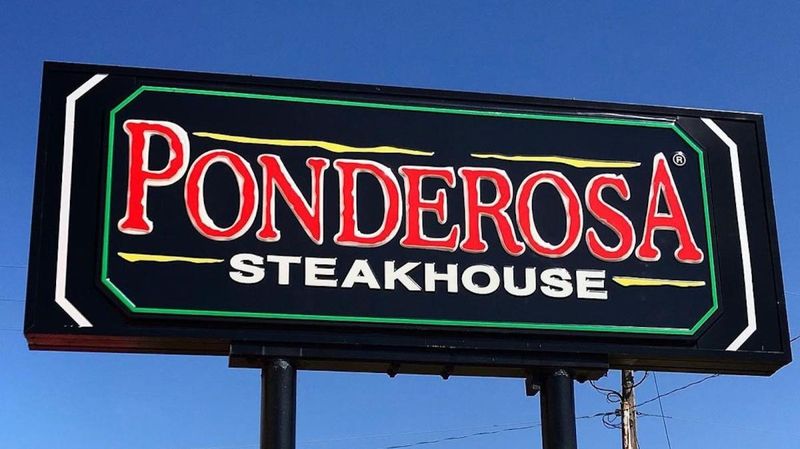
Named after the ranch from TV’s “Bonanza,” Ponderosa Steakhouse made steak dinners accessible to everyday Americans with affordable prices and an all-you-can-eat buffet. The Western-themed restaurants provided family dining with the excitement of choosing your own salad, sides, and desserts.
Ponderosa and its sister chain Bonanza (which operated under nearly identical concepts) expanded to over 600 locations. Their formula of offering inexpensive steak dinners complemented by unlimited trips to the Sundae Bar proved irresistible to budget-conscious families.
After merging with Bonanza, bankruptcy and changing consumer preferences reduced their footprint dramatically. A small number of locations still operate today, but the chain’s widespread presence has been reduced to fond memories of affordable steak dinners.
9. Bennigan’s: The Original Irish Hospitality
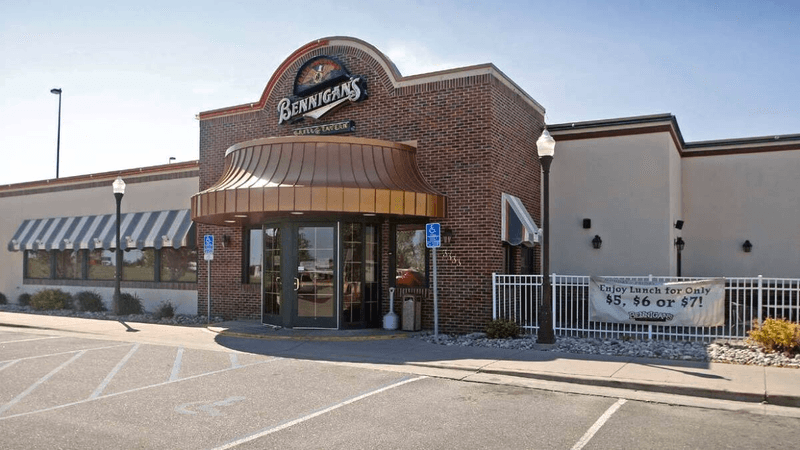
Monte Cristo sandwiches and potato skins helped make Bennigan’s the place where “every day is St. Patrick’s Day.” This Irish-themed casual dining pioneer created the blueprint for restaurants like TGI Fridays and Applebee’s that followed.
Founded in 1976 as one of America’s first casual dining chains, Bennigan’s offered a bar-centric atmosphere with approachable food that became the standard for after-work gatherings. Their walls covered in memorabilia and flair-wearing servers defined casual dining for a generation.
The 2008 bankruptcy of parent company Metromedia Restaurant Group led to the overnight closure of hundreds of corporate locations. A small number of franchised Bennigan’s still operate today, with new ownership attempting to revive the brand’s former glory.
10. Steak and Ale: Medieval Feasting Reimagined
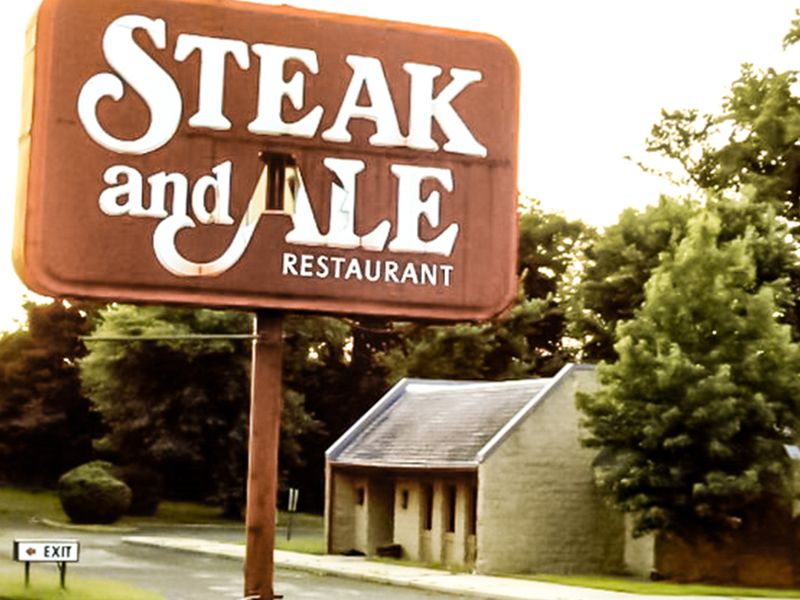
Dark wood interiors, stained glass, and servers in medieval-inspired uniforms created the distinctive atmosphere at Steak and Ale, where the unlimited salad bar was born. Founder Norman Brinker revolutionized casual dining by offering affordable steaks in a unique environment.
Established in 1966, Steak and Ale combined quality cuts of meat with the novel concept of allowing diners to serve themselves salad. The chain’s prime rib and Hawaiian chicken became legendary dishes that patrons still try to recreate at home.
Like Bennigan’s, Steak and Ale disappeared overnight when parent company Metromedia declared bankruptcy in 2008. Plans to revive the brand have been announced several times, suggesting the concept still has appeal in today’s restaurant landscape.
11. Friendly’s: Ice Cream Paradise Lost
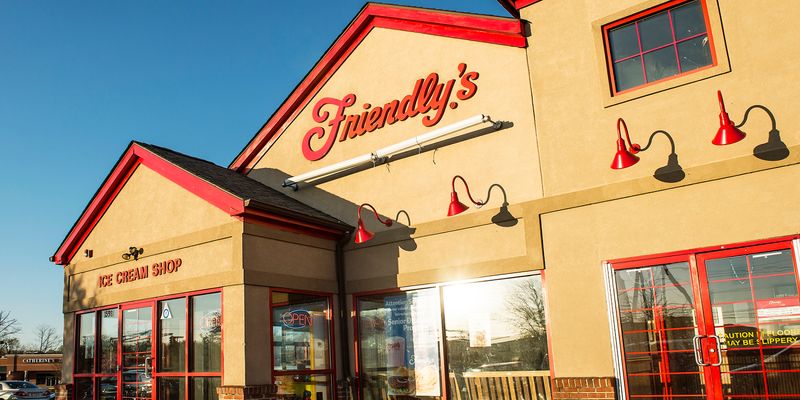
Fribbles, Jim Dandy sundaes, and Jubilee Rolls made Friendly’s more than just a restaurant—it was an ice cream institution where countless childhood memories were made. Founded as an ice cream shop in 1935 by brothers Curtis and S. Prestley Blake, Friendly’s evolved into a full-service restaurant chain while maintaining its ice cream heritage.
The Massachusetts-born chain expanded throughout the Northeast, becoming known for both its family-friendly food and elaborate ice cream creations. Their signature ice cream cakes became staples at birthday parties across their operating territory.
While not completely gone, Friendly’s has closed hundreds of locations in recent years. The remaining restaurants continue serving their famous ice cream, but the chain’s footprint has diminished dramatically from its 500+ location heyday.
Leave a comment